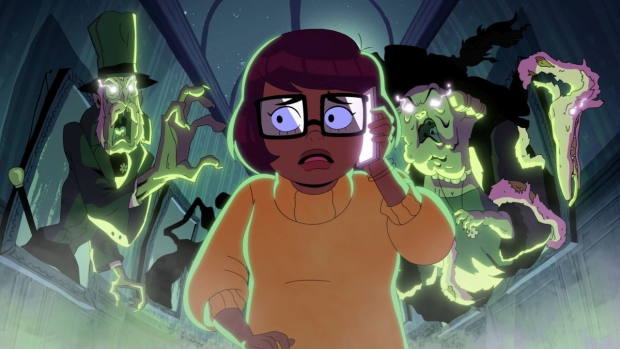
Harassment by higher-ups in management is also pointed out, with numerous people specifically singling out a partner at Starburns, the studio behind Anomalisa, Moral Orel, and Mary Shelley’s Frankenhole:
The progress being made is long overdue, however, it is limited to certain segments of the animation industry. Even in Los Angeles, the hub of American animation production, not all parts of the industry are experiencing improved labor standards. Case in point: stop-motion production.
Image at top: The Oscar-nominated feature “Anomalisa,” directed by Duke Johnson and Charlie Kaufman, was produced by Starburns, a studio that is cited on the Stop Motion Industry Stories Instagram page.
A labor movement has been growing in the animation industry over the past couple years and unionized artists are currently making a strong push for more equitable salaries and better working conditions.
Some of the stories discuss exposure to toxic materials without proper training and education from the studios, as well as other harsh working conditions that create health issues:
Some workers suggest that the budgets allow for better pay, but the studios are unwilling to use the money for labor and sometimes spend money on frivolous activities:
Low wages, as well as salary disparities for the same roles, are another common theme:





